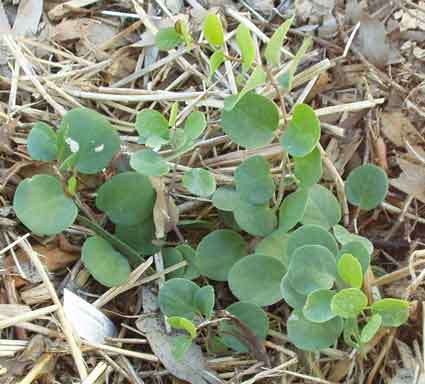
Caper Bush / Capparis spinosa

Capparidaceae or Capparaceae
Capparis
spinosa
Analgesic; Anthelmintic; Antihaemorrhoidal; Aperient; Deobstruent; Depurative; Diuretic; Emmenagogue; Expectorant; Tonic; Vasoconstrictor.
Fruits, root bark , flower buds
The fruits contain polyphenols including the flavonoids quercetin, kaempferol, and also anthocyanins
Source - PFAF The root-bark is analgesic, anthelmintic, antihaemorrhoidal, aperient, deobstruent, depurative, diuretic, emmenagogue, expectorant, tonic and vasoconstrictive. It is used internally in the treatment of gastrointestinal infections, diarrhoea, gout and rheumatism. Externally, it is used to treat skin conditions, capillary weakness and bruising The stem bark is bitter and diuretic. If taken before meals it will increase the appetite The unopened flower buds are laxative. They are used internally in the treatment of coughs, and externally to treat eye infections. The buds are a rich source of compounds known as aldose-reductose inhibitors - it has been shown that these compounds are effective in preventing the formation of cataracts. The buds are harvested before the flowers open and can be pickled for later use - when prepared correctly they are said to ease stomach pain A decoction of the plant is used to treat vaginal thrush. The leaves are bruised and applied as a poultice in the treatment of gout.
https://www.theherbalist.com.au/herb_gallery/caper-bush